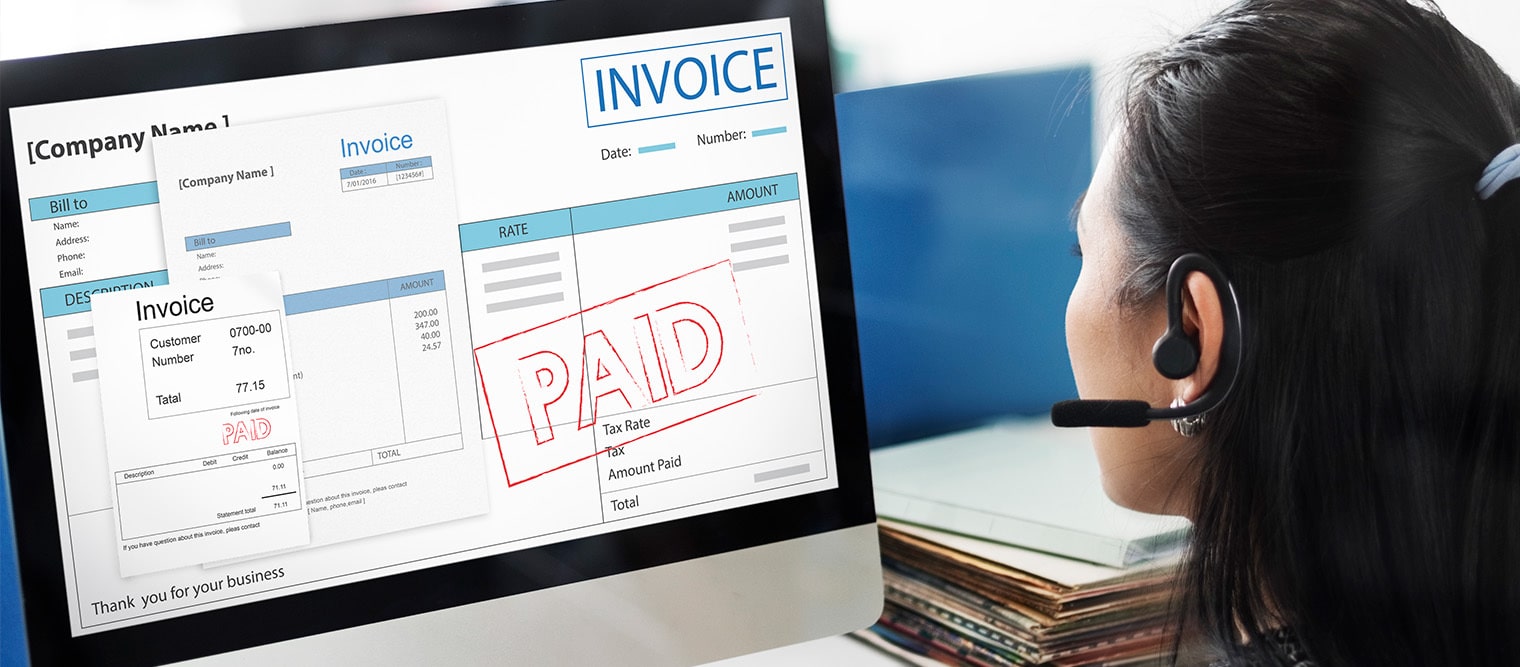Small enterprises face numerous financial challenges in today’s rapidly evolving business landscape. Notably, 43% of SMEs identify cash flow as a significant issue, with 74% reporting that these challenges have remained the same or worsened over the past year.
To navigate these complexities, many are turning to a virtual accountant for expert financial management and strategic guidance.
Signs Your Business Needs a Virtual Accountant
Transitioning to a virtual accountant can significantly enhance your business operations. Recognizing the signs that indicate this need is crucial for maintaining financial health.
Struggling with Tax Preparation and Bookkeeping Errors
Many small business owners find tax preparation and bookkeeping to be challenging tasks. The IRS highlights common tax errors that can be costly, such as underpaying estimated taxes, depositing employment taxes incorrectly, filing late, and not separating business and personal expenses.
These mistakes can lead to penalties and financial losses. A virtual accountant can help mitigate these issues by ensuring accurate record-keeping and timely tax filings.
Spending Too Much Time on Accounting Instead of Growth
Managing finances can consume a significant portion of a business owner’s time. This time could be better spent on strategic activities that drive growth. You can focus on expanding your business by delegating accounting tasks to a virtual accountant.
According to the U.S. Bureau of Labor Statistics, small businesses contributed 55% of net job creation from 2013 to 2023, underscoring their vital role in economic growth.
Missing Financial Insights for Better Decision-Making
Accurate financial data is essential for informed decision-making. Without proper accounting practices, businesses may lack insights into their financial health, leading to poor strategic choices. A virtual accountant provides real-time financial reporting, enabling better planning and forecasting.
What to Expect from a Virtual Accountant
Transitioning to a virtual accountant can significantly enhance your business’s financial management. Understanding their services and pricing models is crucial for making an informed decision.
Key Services Offered by Virtual Accountants
Virtual accountants provide a comprehensive range of services tailored to meet the financial needs of businesses:
- Bookkeeping: They manage daily financial transactions, ensuring accurate and up-to-date records. This includes handling accounts receivable and accounts payable, maintaining the general ledger, and reconciling bank statements.
- Tax Preparation: Virtual accountants prepare and file tax returns, ensuring compliance with current tax laws. They also offer strategic tax planning to minimize liabilities and maximize deductions.
- Payroll Management: Virtual accountants handle employee compensation and ensure timely and accurate payroll processing, including tax withholdings and benefits administration.
These services are delivered remotely, leveraging cloud-based accounting software to provide real-time financial insights and facilitate seamless collaboration.
Understanding Pricing Models
Virtual accountants employ various pricing structures to accommodate different business needs:
- Hourly Rates: Some accountants charge based on the time spent on tasks. This model offers flexibility, especially for businesses with fluctuating workloads.
- Fixed Fees: A predetermined fee is set for specific services, providing predictability in budgeting. This is common for routine tasks like monthly bookkeeping or annual tax preparation.
- Value-Based Pricing: Pricing is aligned with the value delivered to the client, considering the complexity and impact of the services provided. This model focuses on the outcomes and benefits to the business.
According to a study by Intuit and Symmetry, SMBs that utilized external financial advisers, such as virtual accountants, experienced an average revenue increase of 11.5%.
Choosing the Right Virtual Accountant
Selecting the appropriate virtual accountant is crucial for your business’s financial health. To make an informed decision, consider their qualifications, experience, and how well they align with your needs.
Qualifications and Experience to Look
For When evaluating potential virtual accountants, prioritize the following:
- Educational Background: A bachelor’s degree in accounting, finance, or a related field is essential. Advanced degrees or certifications, such as a CPA (Certified Public Accountant), indicate higher expertise.
- Professional Certifications: Certifications like CPA, CMA (Certified Management Accountant), or EA (Enrolled Agent) demonstrate proficiency and commitment to the profession.
- Industry Experience: Experience in your industry ensures familiarity with relevant financial regulations and practices.
- Technical Proficiency: Proficiency in accounting software and digital tools is vital for efficient virtual accounting services.
Key Questions to Ask Before Hiring
To assess a candidate’s suitability, consider asking:
- What Services Do You Offer? Ensure they provide the specific services your business requires, such as bookkeeping, tax preparation, or payroll management.
- What Are Your Fees? Understand their fee structure, including whether they charge flat rates, hourly fees, or monthly retainers.
- What Certifications Do You Have? Confirm their professional credentials to assess their expertise.
- How Long Have You Been in Business? Experience can be indicative of reliability and competence.
- Who Will Handle My Tax Work? Clarify whether your account will be managed by the principal accountant or delegated to junior staff.
These questions, adapted from ADP’s guidelines, can help you comprehensively understand the accountant’s capabilities.
Comparing Service Providers and Software Compatibility
When comparing virtual accountants, consider the following:
- Service Range: Assess the breadth of services offered to ensure they meet all your financial management needs.
- Software Compatibility: Ensure they are proficient in the accounting software your business uses, such as QuickBooks, Xero, or FreshBooks, to facilitate seamless integration and data sharing.
- Communication Practices: Evaluate their communication methods and responsiveness to ensure they align with your expectations.
Setting Up Your Virtual Accounting System
Implementing an effective virtual accounting system is essential for modern businesses. The right tools and security measures can streamline financial management while ensuring data protection.
Choosing the Right Accounting Software
Selecting the appropriate accounting software is the first step. Popular options include:
- QuickBooks: Ideal for small to mid-sized businesses, offering invoicing, expense tracking, and tax preparation.
- FreshBooks: Best for freelancers and service-based businesses, with time tracking and automated invoicing.
- Wave: A free startup option featuring simple bookkeeping and invoicing tools.
Integrating Business Tools for Efficiency
Once you have chosen the right software, integrating it with other business tools enhances efficiency:
- Payment processors: Seamlessly connect with Stripe, PayPal, or Square for automated transaction tracking.
- CRM systems: Sync accounting data with customer management tools for accurate financial reporting.
- Inventory management tools: Automate stock tracking to maintain accurate records of purchases and sales.
These integrations reduce manual entry, streamline workflows, and provide real-time financial insights to support better decision-making.
Ensuring Secure Data Sharing and Communication
Strong security practices protect sensitive financial data. Businesses should implement:
- Multi-factor authentication (MFA): Adds an extra layer of security to prevent unauthorized access.
- Data encryption: Protects financial records from cyber threats, both in transit and at rest.
- Regular software updates: Prevents vulnerabilities; roughly 80% of successful attacks originate with external threat agents.
Setting Access Controls and Monitoring
Establishing formal permissions ensures that only authorized individuals access financial data:
- Define who can access specific records and update permissions regularly.
- Choose user-friendly accounting platforms that enhance collaboration and trust.
- Conduct regular audits and security monitoring to detect and address vulnerabilities.
Maximizing the Benefits of Virtual Accounting (250 words)
To fully leverage virtual accounting, businesses should focus on regular financial reviews and performance tracking and embrace automation for enhanced efficiency.
Regular Financial Reviews and Performance Tracking
Conducting consistent financial reviews is essential for maintaining fiscal health. By analyzing up-to-date financial data, businesses can identify cost-saving opportunities, measure performance, and make data-driven decisions.
Regular performance tracking enables businesses to monitor key metrics, assess profitability, and adjust strategies proactively. This practice ensures that financial goals align with overall business objectives, promoting sustainable growth.
Leveraging Automation for Efficiency
Integrating automation into accounting processes streamlines operations and reduces manual workload. Automated systems handle tasks such as data entry, invoicing, and expense tracking, minimizing errors and freeing time for strategic activities.
Moreover, automation provides real-time financial insights, allowing for better cash flow management and informed decision-making. By adopting automated accounting solutions, businesses can enhance accuracy, increase productivity, and focus on growth initiatives.
Embracing virtual accounting can transform your business’s financial health. By leveraging professional expertise and advanced technology, you can streamline operations, enhance decision-making, and focus on growth. If you’re ready to take your financial management to the next level, consider partnering with Better Accounting.
Our team of experienced professionals is equipped to provide tailored solutions that meet your unique needs. Contact us today to discover how we can support your business’ success.







